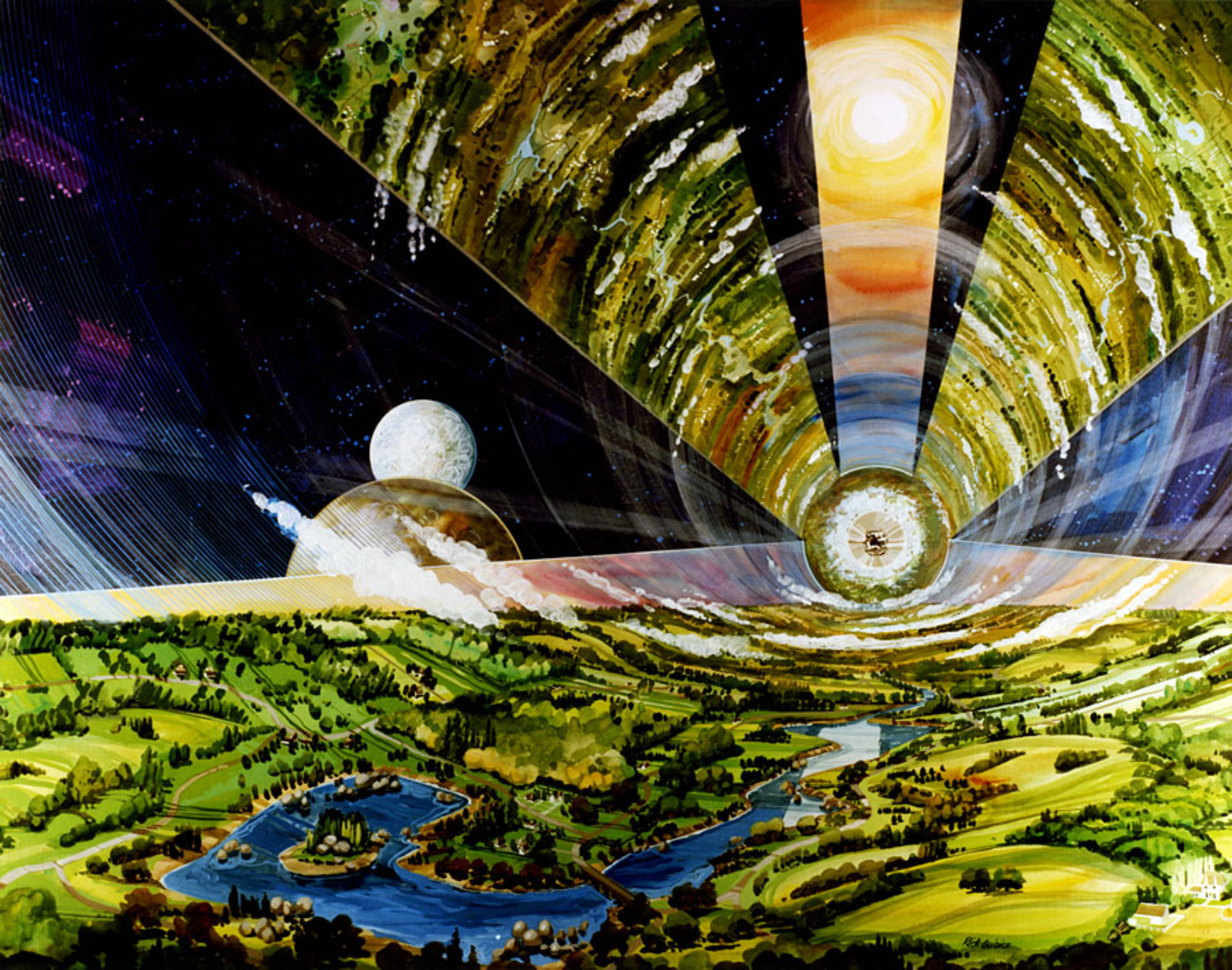
In a paper presented at the AIAA SciTech 2019 Forum, Ariel Ekblaw and Joseph Paradiso of the MIT Media Lab described a concept for a self assembling space station called TESSERAE, which stands for Tessellated Electromagnetic Space Structures for the Exploration of Reconfigurable, Adaptive Environments. The innovative design constructs buckminsterfullerene (“bucky ball”) modules from polyhedral tile sets that utilize a smart sensor network to detect bonds and actuate electromagnets to facilitate autonomous assembly. The resulting structure approximates a spherical shape thereby minimizing surface area (and launch cost) for a given livable space.
In collaboration with MIT Media Lab and as a visiting student, Anastasia Prosina, now the cofounder and CEO of the space architecture company Stellar Amenities, had 3 weeks to design the interior of the habitat to make the most efficient use of livable volume taking into account human factors and minimization of weight for a crew of 8 over a 3 month mission. The results of her work is showcased in the Stellar Amenities portfolio on the firm’s website. Of particular note is how the design borrowed from Japanese architectural concepts such as “Metabolism”, a post-war movement that blended ideas from architectural megastructures with those of organic biological growth. Using Human-Centered Design and a combination of skills in architecture, aerospace and art, the company creates functional yet pleasing environments for space habitats where mass and volume need to be minimized. There is even a meditation corridor for serene self reflection in space.


Update 24 April, 2022: Axiom Space’s Ax-1 mission to the ISS tested prototypes of the TESSERAE tiles in space. From the Axiom Space press release: “The prototypes launching on the Ax-1 mission include an extensive suite of sensing and electro-permanent magnets that monitor diagnostics – provide insight into the quality of bonds between tiles – and drive conformations. This scaled demonstration will build on previous microgravity evaluations of the TESSERAE experiment to explore a new frontier for in-orbit construction of satellites and future space habitats.”

Dr. Ekblaw provides and update on the Ax-1 mission at about 3 minutes into this Axiom Space Video.
